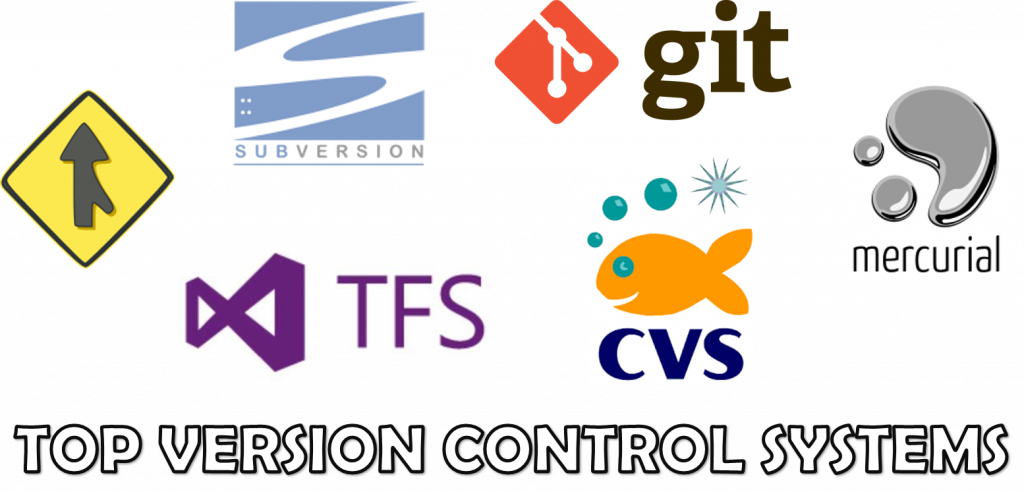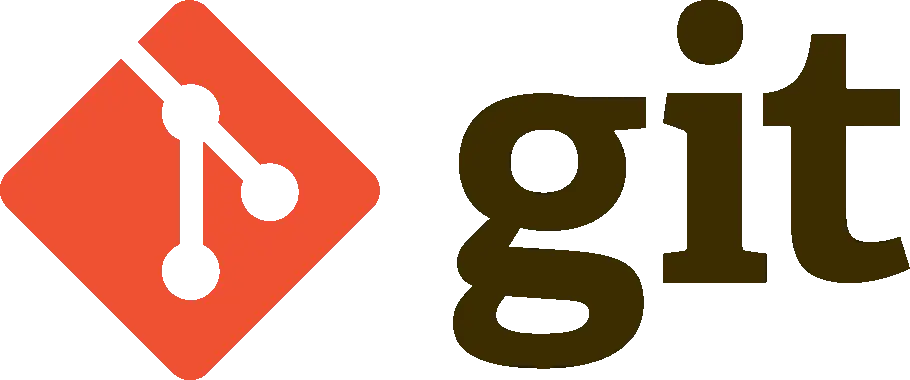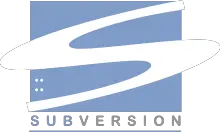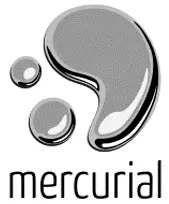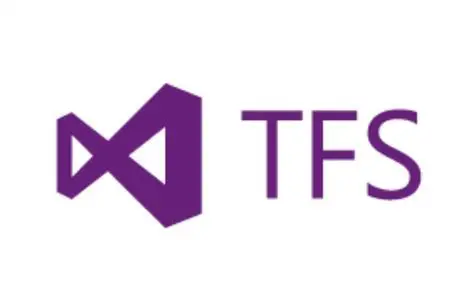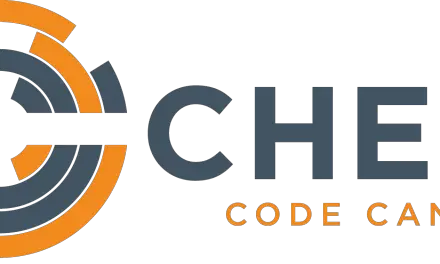A Version Control System (VSC) is a software tool used by programmers to manage the source codes. VCS is used to give versions/revisions to the program. Each version is given a timestamp and includes the person responsible for the change.
Even various versions can be compared and merged with other versions. This is why SCM is also referred to Version Control, Revision Control or Source Control. To know more about Version Control, click here.
In this blog, we are going to see the top version control tools as per their functionalities and usage in all segments. So, let’s start with it.
GIT
Git is a version control system for tracking changes in computer files and working on those files among multiple people. Its working style differs from both SVN and CVS. The primary objective of Git was to provide higher speed. It was developed by Linux and has the highest speed there. It is written in C, Shell, Perl, TCL, and Python.
Git was working on UNIX systems as well as a software in Windows systems too. As it doesn’t have the server-client concept, so it was not bounded with a single developer or organization. The Git also comes with a variety of tools to work on including branching and merging.
Developer: Linus Torvalds
Website: https://git-scm.com
Pros:
Highest speed.
Distributed peer-to-peer model.
Code changes can be very easily and clearly tracked.
Cons:
Limited windows support as compared to Linux.
Has issues with huge code trees.
Concurrent Versions System (CVS)
CVS has been in this industry since the 90s and has been very popular with both commercial and open-source developers. It is released under the GNU license and uses a system to let developers “check out” and “check in” the code they are working. It is written in C language.
The CVS server runs on the UNIX systems with the client software that runs on multiple operating systems. It is known to be the most mature version control system because it was developed a long time back and has been in the community longer than any other competitor.
A fork from CVS was done and named CVSNT to run on Windows servers and now it is being developed and more functionalities are getting added.
Developer: The CVS Team
Website: http://savannah.nongnu.org/projects/cvs
Pros:
Has been in use for the most years in the industry and is considered as a mature version control system.
Excellent cross-platform support.
Support from vast CVS community.
Cons:
Branch operations are expensive.
Moving or renaming files doesn’t include version update.
Does not support atomic check-outs and commits.
Apache Subversion (SVN)
SVN was created as an alternative to CVS with the aim to fix some of its bugs and make it more reliable to use. It is a free and open source software under Apache license. Many developers have moved to SVN as it is the newer technology and had more features than CVS. It is written in C language.
To prevent the database from being corrupted, SVN has a concept of atomic operations. Either all of the changes made to the source code are applied or none are applied which means there are no partial changes which can break the system.
Developer: Apache Software Foundation
Website: https://subversion.apache.org/
Pros:
Most popular VCS.
Includes atomic operations.
The benefit of a good GUI.
Simple.
Cons:
Requires a network connection for almost all commands.
Branching and Merging are tough.
Does not store the modification time of files.
Slower speed.
Mercurial
Mercurial was introduced close to Git and is also a distributed peer-to-peer system. It competed with Git but did not become much famous. It is written majorly in Python and some small sections in C Language.
Due to its distributed nature and written in Python, Python developers started using it. It also had taken a step to migrate the user from version control system such as SVN. It is a command line driven system but GUI is available with the installation of Plugins.
Developer: Matt Mackall
Website: https://www.mercurial-scm.org/
Pros:
Migrating from Version control is easy.
Better documentation available.
Distributed model.
Easy to extend with python knowledge.
Cons:
Only Command Line system and no official GUI.
All the add-ons must be written in Python.
Partial checkouts are not allowed.
Bazaar
Similar to Git and Mercurial, Bazaar is a distributed version control system which also provides a great user-friendly experience. Bazaar is written in Python programming language and provides packages for Windows, Linux and Mac OS. It is a free software and a part of GNU license.
Bazaar commands are similar to SVN or CVS. Bazaar supports working with or without a central server. It also provides free hosting services through the websites Launchpad and Sourceforge.
Developer: Canonical and community
Website: http://bazaar.canonical.com/
Pros:
Distributed as well as a server-client model.
Detailed access.
Best UI among all platforms.
Easy to learn for people coming from SVN.
Cons:
Slowest DVCS around.
Smaller userbase.
Does not support partial checkout/clone.
Team Foundation Server
TFS, an acronym for Team Foundation Server is a version control product by Microsoft. It is based on the Server-Client, distributed repository model and has a proprietary license. It can also be used as a backend for several IDEs.
It is available in two different forms, on-premises and also online known as VSTS (Visual Studio Team Server).
Developer: Microsoft
Website: www.visualstudio.com/tfs
Pros:
Easy administration, familiar interface and tight integration with other Microsoft products.
Allows Continuous Integration.
Great branching and merging strategies.
Great support from the community.
Cons:
Connection to the central repository is always required.
Slow in performing check-ins and branching operations.
Latest posts by Ankesh K (see all)
- Deep-Dive into Jenkins – What are all Jenkins functionalities ? - January 10, 2019
- What are different Maven Plugins and how to build a Maven project? - January 7, 2019
- What is a Maven POM File and what are different Maven Repositories? - January 3, 2019
- What is Maven and what are its benefits? - December 31, 2018
- What are the different ways to install Jenkins ? - December 27, 2018

